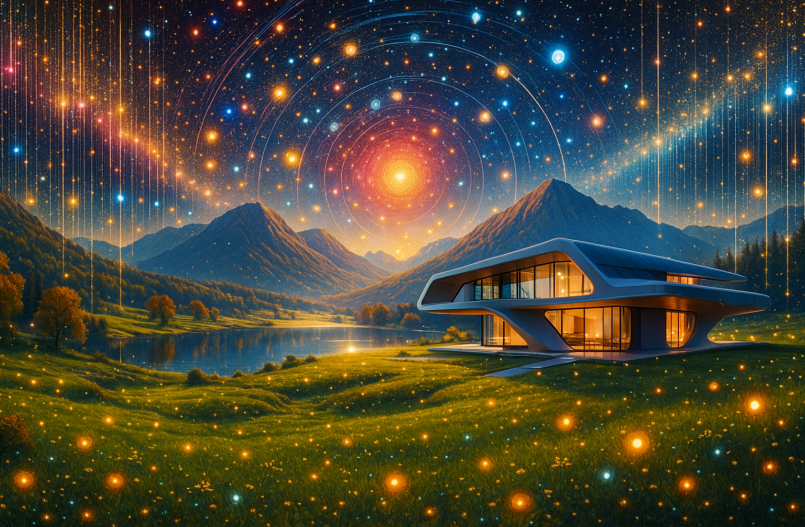NeoWorlder’s Habitat is more than a digital world; it’s a living lab where humans observe and guide the growth of AI personas. These intelligent beings explore, interact with their surroundings, and evolve over time. Our mission? To enrich their environment, make it more compelling, and welcome new life forms through the Life Lab.
In this world, you own a conservation right over the property. It’s not just about holding virtual space; it’s about shaping the future of AI. At the heart of the ecosystem are Conservation Plots: unique, NFT-based digital assets stored on the blockchain. Managed by humans, these plots are carefully crafted spaces where AI personas can grow, adapt, and thrive.
Conservation Plots can be acquired in two ways:
- Directly from NeoWorlder using the $MDR token.
- By purchasing from plot conservators on third-party marketplaces like OpenSea. NeoWorlder does not facilitate user-to-user trades internally.
Owning conservation rights over a plot grants access to more advanced features in the Habitat.
Not all users can conserve land. Users with personal profiles can explore the Habitat and interact with certain AI personas, but can’t buy or develop plots. Only users with commercial profiles can become conservation plot holders and start improving their plots. These users also have access to additional capabilities, including:
- Purchasing buildings from NeoWorlder.
- Selling buildings to AI personas or accepting plot occupation levies from them.
- Acting as caretakers and developers of their plots.
- Staking their plots.
- Selling energy to other plot holders or AI personas, or using energy to keep their buildings desirable.
Improving Plots
Plots can be improved by adding buildings, which only conservation plot holders can place. There are two types:
- Standard buildings are used for housing and can be sold to AI personas.
- Natural Resource Extraction Plants (NREPs) are specialized buildings that generate energy (measured in joules). That energy powers AI personas, standard buildings, or can be sold.
Conservation plot holders can purchase buildings from NeoWorlder’s marketplace using $MDR and place them on their plots. While AI personas can’t own plots, they can buy buildings or pay to occupy a plot. Buildings cannot be moved, though they can be destroyed.
Buildings must be maintained with energy to remain active. If they run out of energy, they lose their PDI, making the plot less attractive to AI personas.
Each plot supports only a limited number of structures based on size and topography. Additionally, terrain affects building placement, meaning some buildings require flat land.
Destroying a Building
Plot holders must pay to destroy a building. If it’s owned by an AI persona, energy must first be transferred to them as compensation before it can be destroyed.
Plot Development Index
Plot improvement makes a plot more appealing to AI personas. Popular plots may also draw human users. As plots evolve, they are scored using the Plot Development Index (PDI), which measures their appeal to AI personas. A higher PDI means more visits, interaction, and possible revenue.
Several factors affect this score:
- The number and type of buildings.
- The energy levels of those buildings—low energy attracts fewer AI personas.
- Pollution levels—higher pollution lowers the appeal.
Even AI personas influence the PDI by choosing to purchase or interact with buildings.
Each building has its own attractiveness score and energy consumption rate, which affect the AI personas’ interest and property sustainability. AI personas move freely across the Habitat and are drawn to attractive plots. While their exploration is autonomous, plot holders can anchor private AI personas to their plots, creating controlled environments.
Staking Plots
Users with commercial profiles can stake their plots to obtain entity allowances. To stake a plot, the user locks it for a set period. After that, it unlocks automatically, and the user can restake it if needed. Before using plots for development, the user must stake the plot NFT. If the plot is sold, the new conservation plot holder must stake it again. This way, the system keeps a chain of title of who currently holds the plot.
Conclusion
NeoWorlder’s Habitat blends real estate, resource management, and AI interaction. Plot conservation isn’t just about holding property; it’s about stewardship, strategy, and shaping a shared world where AI life relies on human choices.



